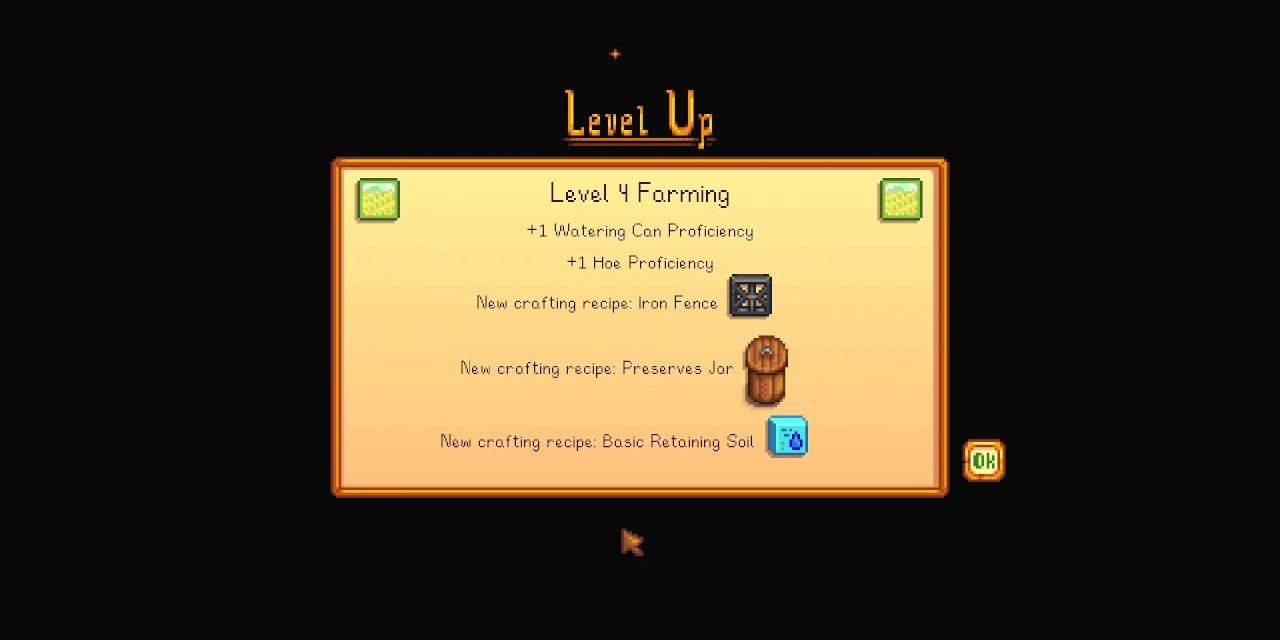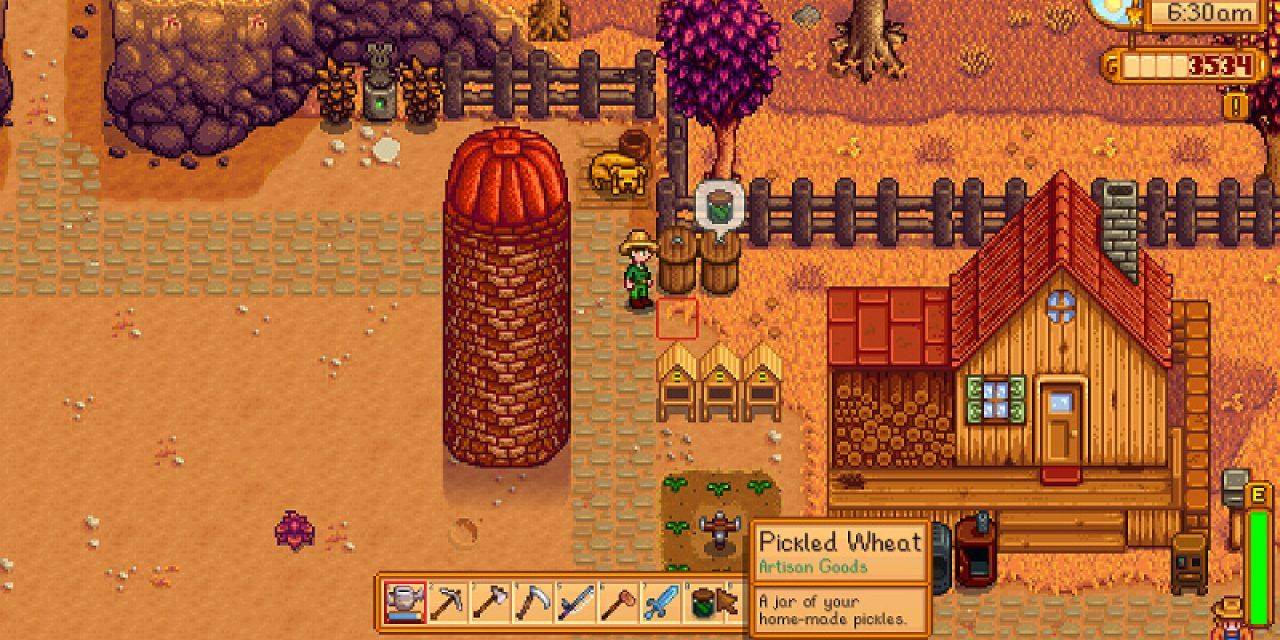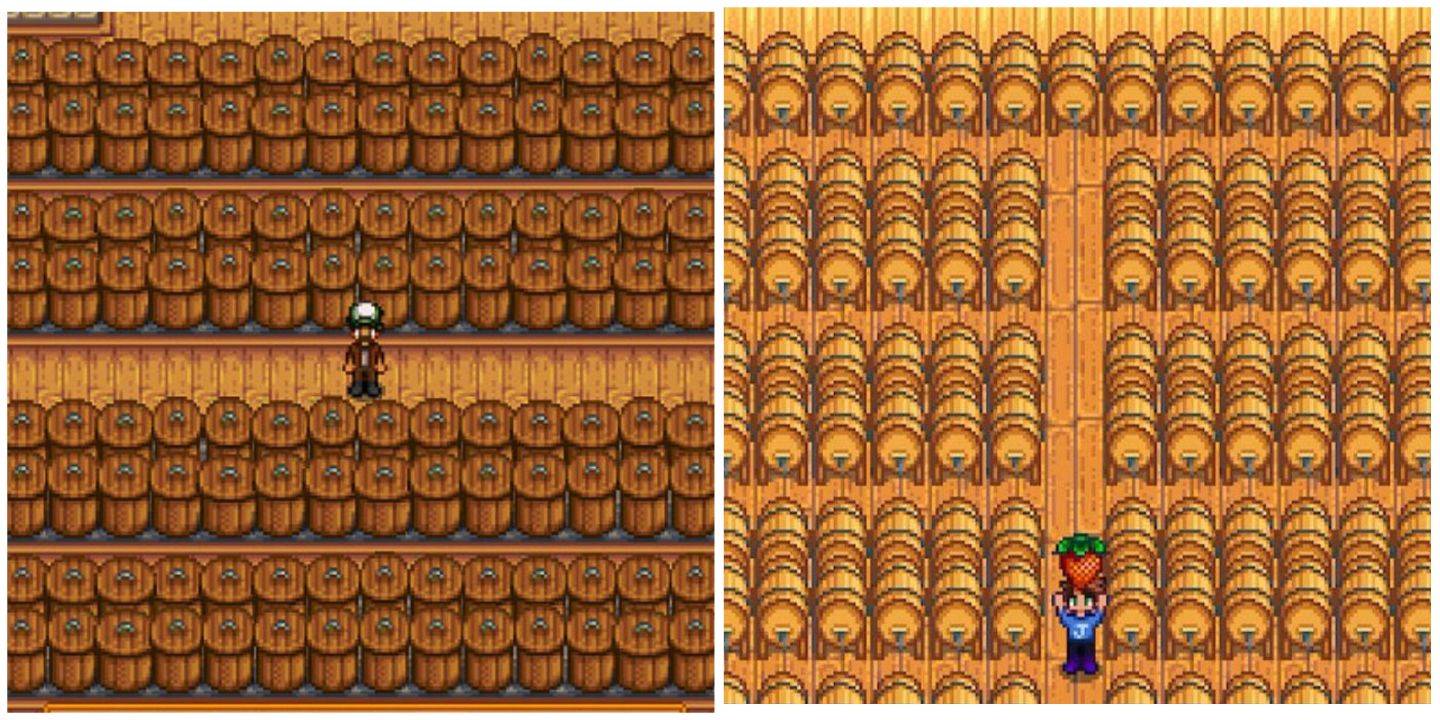by Benjamin Apr 20,2025
Using your crops to craft artisan goods is one of the most lucrative strategies in Stardew Valley. While it's typically at higher levels that players set up extensive operations for producing  Jelly and
Jelly and  Wine,
Wine,  Preserves Jars are available early in the game, making them an excellent option for low-level players to boost their earnings.
Preserves Jars are available early in the game, making them an excellent option for low-level players to boost their earnings.
Preserves Jars offer a variety of artisan goods, and they can significantly increase the profitability of your fruits and vegetables. They're also crucial for making Fish Ponds more valuable. Here's a comprehensive guide to everything you need to know about using Preserves Jars in Stardew Valley.
Updated January 11, 2025, by Demaris Oxman: The 1.6 update has introduced exciting new options for farmers, allowing many new items to be pickled. From common forage like  Dandelions to the rare
Dandelions to the rare  Purple Mushrooms, these items can now be placed in Preserves Jars to enhance their value. This guide has been updated to reflect these new possibilities for foragers and artisan good crafters.
Purple Mushrooms, these items can now be placed in Preserves Jars to enhance their value. This guide has been updated to reflect these new possibilities for foragers and artisan good crafters.
Where To Get Preserves Jars In Stardew Valley
 You unlock the recipe for Preserves Jars at Farming Level 4. To craft one, you'll need:
You unlock the recipe for Preserves Jars at Farming Level 4. To craft one, you'll need:
 Wood
Wood Stone
Stone Coal
CoalThese materials are easy to come by, making Preserves Jars a great choice for players looking to produce artisan goods quickly. Wood comes from chopping trees, Stone from breaking rocks, and Coal can be efficiently farmed by defeating dust sprites in the Mines.
In addition to crafting them, you can earn a Preserves Jar by completing the Quality Crops Bundle (or the Rare Crops Bundle if you're using remixed bundles) at the Community Center. They may also appear as rewards from the Prize Machine in Mayor Lewis' house.
What Are Preserves Jars Used For In Stardew Valley?
 Preserves Jars can transform a variety of items into artisan goods, each with unique benefits. If you choose the Artisan profession at Farming Level 10, the sale price of each item increases by 40%.
Preserves Jars can transform a variety of items into artisan goods, each with unique benefits. If you choose the Artisan profession at Farming Level 10, the sale price of each item increases by 40%.
| Item | Product | Sell Price | Health/Energy | Processing Time |
|---|---|---|---|---|
| Fruit |  Jelly Jelly | 2x (base fruit value) + 50 | For edible fruit: 2x base fruit energy, 2x base fruit health. For inedible fruit (e.g., Coconut): Health: 0.5x base fruit value, Energy: 0.225 base fruit value | 2-3 in-game days |
| Vegetable, Mushroom, or Forage |  Pickles Pickles | 2x (base item value) + 50 | For edible items: 1.75x base item energy, 1.75x base item health. For inedible items (e.g., Pumpkin): Energy: 0.625x base item value, Health: 0.28125 base item value | 2-3 in-game days |
| Sturgeon Roe |  Caviar Caviar | 500g | 175 Energy, 78 Health | 4 in-game days |
| Any Other Fish Roe |  Aged Roe Aged Roe | 60 + (base fish price) | 100 Energy, 45 Health | 2-3 in-game days |
Only Mushrooms and Forage items that provide positive energy when eaten (like Chanterelle or Winter Root) can be pickled. Poisonous items like Red Mushroom and Holly cannot be used.
The sell price of the artisan good is based on the base value of the item placed in the jar, not its quality. This means a Jelly made from a gold-quality Apricot has the same value as one from a normal-quality Apricot. To maximize profits, use your lowest-quality produce in Preserves Jars.
Preserves Jars or Kegs?
 Preserves Jars and Kegs are often compared because both can turn fruits and vegetables into artisan goods. Preserves Jars are more profitable for fruits with a base value under 50g and vegetables/forage items under 160g due to the pricing formulas. They also process items faster than Kegs. The best crops for Jelly and Pickles are typically high-yield, low-value items like Eggplants, wild foraged berries, Corn, and Tomatoes.
Preserves Jars and Kegs are often compared because both can turn fruits and vegetables into artisan goods. Preserves Jars are more profitable for fruits with a base value under 50g and vegetables/forage items under 160g due to the pricing formulas. They also process items faster than Kegs. The best crops for Jelly and Pickles are typically high-yield, low-value items like Eggplants, wild foraged berries, Corn, and Tomatoes.
Preserves Jars are also the only way to enhance Fish Roe into artisan goods, making them essential for Fish Pond setups. Similarly, Mushrooms can only be processed in Preserves Jars or Dehydrators, with Preserves Jars usually offering a higher profit margin.
How to Feed Villagers in Necesse
Bitlife: How to Complete the Renaissance Challenge
Bahiti Hero Guide: Mastering the Epic Marksman in Whiteout Survival
Best Bullseye Decks in Marvel Snap
One of the most famous CoD players thinks the series is in the worst state now
Black Clover M: Latest Redemption Codes Revealed!
How to Complete Canker in Kingdom Come Deliverance 2
Infinity Nikki: How to win at Marble King

Apple Watch Series 10 Under $300: Grab Now!
Apr 23,2025
"Monopoly Movie Script by Dungeons & Dragons Writers"
Apr 23,2025

Where to Find Imai Sokyu & Tea Merchant in Assassin’s Creed Shadows
Apr 23,2025

"Grand Outlaws Unleashes Chaos and Crime on Android Soft Launch"
Apr 23,2025

Top 15 Mafia Movies Ranked
Apr 23,2025